When the Ford Motor Company first introduced the standard eight hour working day and five day working week in 1926, the employer was lauded as progressive, innovative and at the cutting edge of productivity and high performance. Others quickly followed suit.
It made sense back then because having the entire workforce working the same hours, in the same place, made lives easier, for individuals and line managers alike. But it often doesn’t make sense now, almost one hundred years later, yet some employers are still clinging to the rigidity of this structure, even though – in most cases – it is no longer optimal for employee wellbeing or productivity.
Yes, the global Covid-19 pandemic marked a step change in attitudes and opened minds to the benefits of flexible working, both for the individual and the institution. However, there are plenty of firms now falling back into old patterns and railing against change (or at least trying to, with things like blanket mandates to come back to the office to work).
New thinking around future of work
Similarly, discussion of the 4 Day Week has prompted new thinking again around how to best work in 2024 and beyond. But, again, there has been resistance and companies piloting or adopting it are still very much the outliers.
But another legacy which continues to hold businesses back in terms of wellbeing and productivity that gets much less attention is the often uncompromising structure of career progression.
“Something that is very systemic of UK organisations is that the only way you can develop and be promoted is if you take on a people management role as well as your expertise,” says Elliot Foster, Workplace Wellbeing Strategy Consultant, SuperWellness. “But some people just aren’t ‘people people’ and the system doesn’t support them to be the best they can be.”
We need to imagine new career progressions
Carolyn Parry, Founder and Lead Coach of Career Alchemy and former President of the Career Development Institute, agrees believing the old patterns of the “factory mindset” are so ingrained in our culture and routines that we are going to have to work hard at creating new alternatives:
“In the same way that people still think ‘9 to 5’, I think the unconscious tendency is to go back to thinking that progression means ‘going up the ladder’. We need to imagine other ways of working.”
There are emerging examples where organisations are realising the huge detrimental impact of only allowing employees to progress via line management.
Employers are ‘awakening’
Katherine Billingham-Mohamed, Leadership and Engagement Director, Ipsos, for example, says she’s noticed an “awakening” of sorts among some employers of the huge benefits of “actually investing in people for their bespoke strengths, still enabling them to progress, rather than forcing them down a specific route”.
She has tried to create distinct, differentiated career paths in the past at previous organisations but it’s been difficult to embed due to how entrenched organisations can be with a “traditional approach to career paths”.
“It was almost like battling a tradition,” she says. Nevertheless, she’s optimistic that, with such advances in thinking around wellbeing, productivity and job design, that now is the time for change.
Also, with so many more people-related responsibilities landing on line managers’ desks today, companies that get ahead are going to be those who have managers who are good at, and enjoy, the challenge. As Foster says, line management is getting harder in hybrid times which makes it even more necessary to get the right people in these roles:
“It is so much more difficult to pick up on people cues like tonality remotely. Or to pick up on tone in a text or email. It’s very different from speaking face to face in an office where a manager can see their colleague’s face and non verbal signs of their thought process.”
Getting the best from neurodivergent colleagues
Another reason that employers need to get better at placing employees in the right roles is to get the best out of neurodivergent colleagues. With the ‘war on talent’ in the current market, unlocking this potential is going to be key.
Parry has actually seen a two-tier career progression structure work really well in software companies she worked with in the 80s, where there was a high percentage of neurodivergent employees. There were pathways for technicians and pathways for more generalist managers, who took on the people remit.
Obviously, it’s impossible to make generalisations about groups of people, however what she saw was a high proportion of technical experts who preferred to interface with a machine than a person.
Some people prefer screens to people
“To some neurodivergent people, this feels safe and peaceful. So, particularly in tech careers where there are challenges around some employees’ ability to have those softer emotional intelligence and people skills, alternate paths is essential,” she says.
However, the more we’ve historically gone down the route of equating managing people with career progress, the less and less we’ve valued the individuality of people’s strengths, says Billingham-Mohamed. That means there’s a hidden positive impact on the Diversity & Inclusion agenda, too, of offering alternate career paths which reinstate the value of individual expertise and experience:
“Strength-based progression doesn’t only have a wellbeing benefit, but it’s also a massive positive for inclusion as well because if two people are working together and playing to their strengths, they are likely to be more open to understanding the other, learning and valuing other views and welcoming diversity of thought.”
How does alternate paths boost wellbeing?
We’ve mentioned the wellbeing benefit of giving alternative ways to progress – but how does offering a two tier path of career progression actually boost employee health and wellbeing?
“Think how it feels to be in a job that you don’t like or aren’t suited to,” says Billingham-Mohamed. “Individuals feel demotivated with a lack of energy and I’m convinced that this is connected to burnout.”
Not only that, but you’re potentially storing up bigger, company-wide problems for the future that go far beyond the unhappy, unfulfilled individual.
“I’ve seen time and time again an employee who has a passion and love for the technical subject but they don’t tend to have that same passion for developing people. A byproduct of that is low team engagement scores and less focus on progressing and developing a team,” says Billingham-Mohamed.
‘Huge issue’ for employers
As Foster says, putting people into people management roles that aren’t suited to it then becomes “a huge issue for the employer on the ground level because team members have not got support and don’t feel like their manager has their back.”
There are other trends on the horizon, or here already, that employers are going to have to think about in terms of how they restructure their business and redesign job roles to make the most of their human resource.
Gen Z view careers differently
For instance, Gen Z don’t look at career progression in the same way as previous generations, with purpose and their health and happiness being so much more important to them. If an employer doesn’t give them what they want, they will “take a no-nonsense response and call the employer out – or leave”, says Parry.
She adds that it’s also the first point in time we’ve had five generations at once in the workforce, all with different needs and motivators, so it’s unrealistic to believe one structure fits all. She predicts in future that there will need to be much more job design co-creation between the institution and the individual, with both playing an active role in shaping how, where and on what they work.
“There are so many different dynamics going on and so much change happening now,” she says. “The more employers can help employees be who they are at work, the more employee engagement there will be and the more value they’ll get from them and the easier they will be to line manage. All in all, while organisational change is difficult, it will be much better for the business.”












